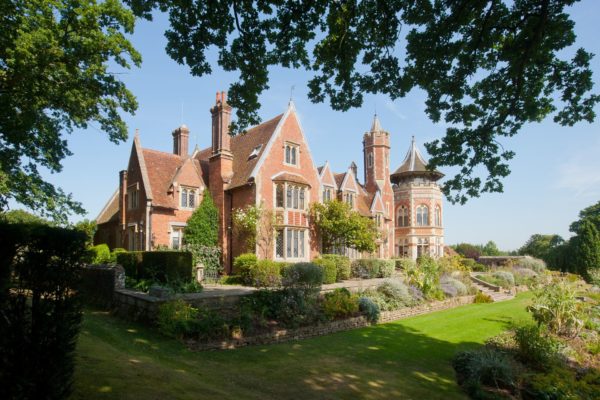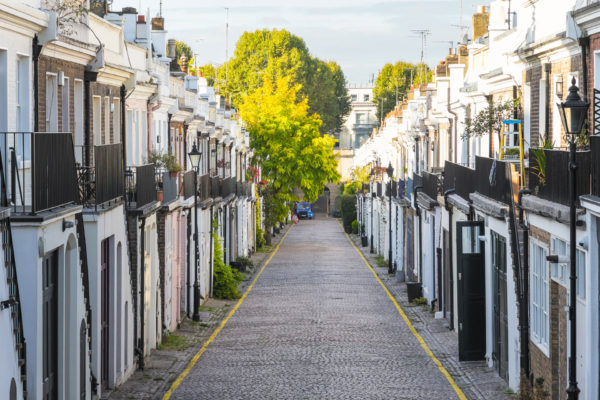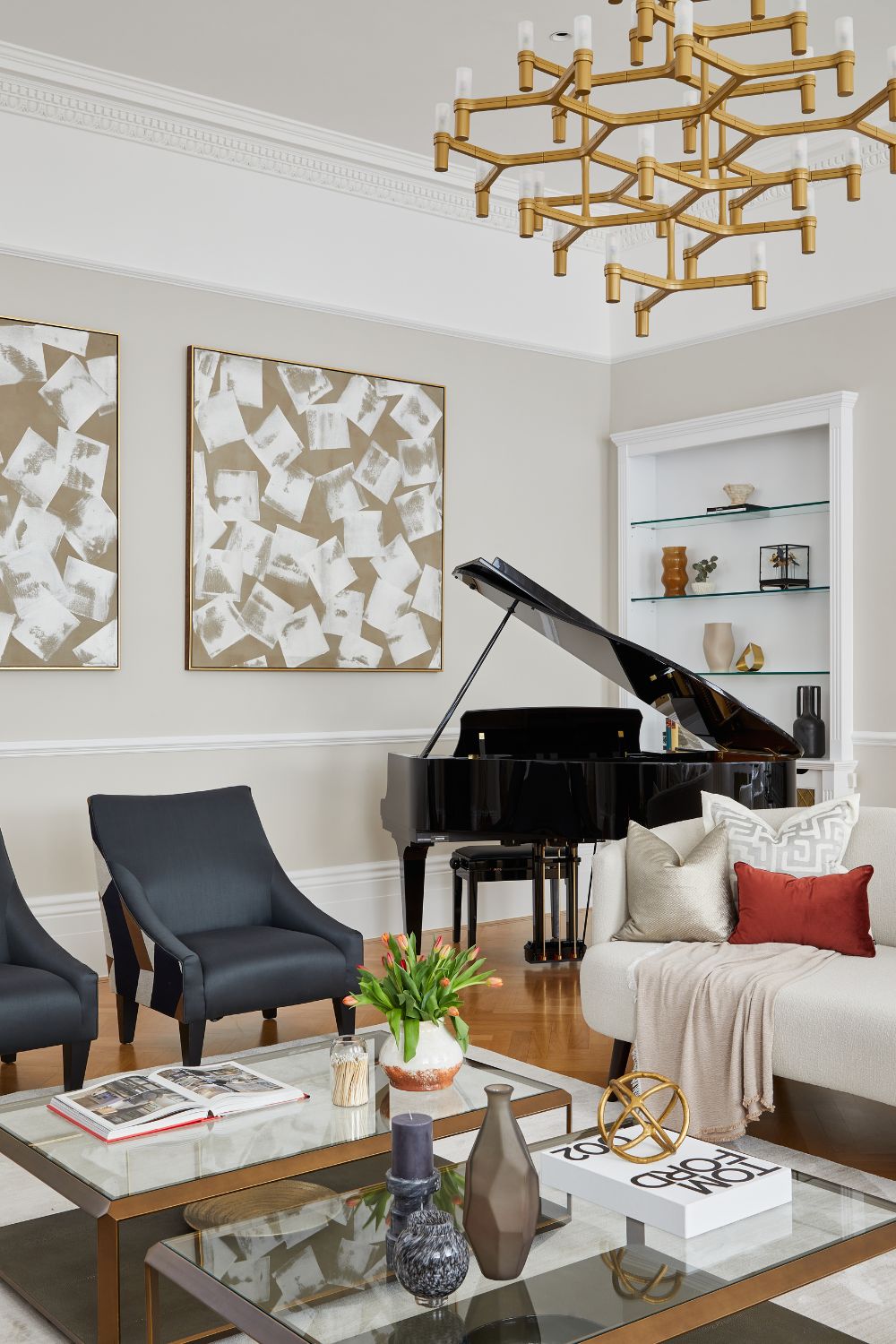
What Is Property Staging? How To Stage Your Home To Sell It
By
1 year ago
We chat to the experts at Burbeck Interiors
Whether you’re just starting to think about putting your home on the market or you’re anxiously waiting for it to get snapped up, property staging can be the key to making that all-important sale. But what does the process actually involve? And is it really worth it? Martha Davies caught up with the co-founder of Burbeck Interiors, a firm specialising in design, interior architecture, and home staging.
Property Staging: What Is It & Does It Really Work?
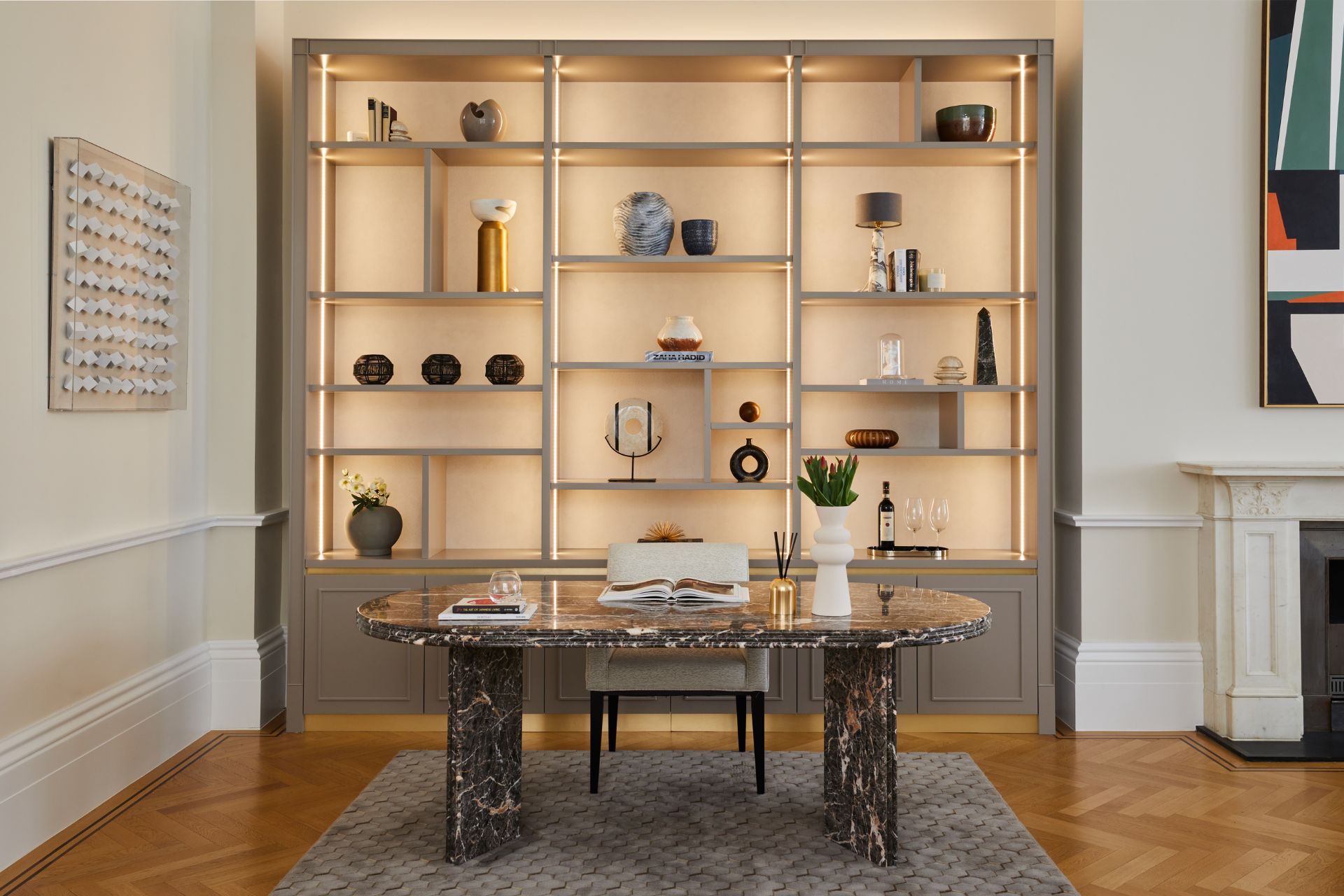
What Is Property Staging?
Property staging is all about getting your home ready for buyers to view it. More than just making sure everything is clean and tidy, staging can involve redecorating, adding or removing furniture, and even creating a whole new interior design scheme.
‘Staging is becoming more popular, though I think there’s a misconception that it’s the reserve of the ultra wealthy,’ says Alex Willcocks, co-founder of Burbeck Interiors. ‘But in fact there are a wide range of options for anybody who wants to present their property in a better state before they put it on the market.’
Many staging companies will transform your space by using your existing furniture, sprucing it up and adding luxurious touches to make your home look as good as new. Other companies like Burbeck, however, will ask for a blank canvas. ‘Our clients do have to move their own furniture out before the staging process,’ Alex tells me. ‘Every now and again we use existing furniture, but we very rarely get involved when there’s furniture in the property. That’s just us, however; it’s not to say that other companies don’t work with the client’s furniture.’
Burbeck asks for furniture to be removed so that they can create a bespoke interior scheme for each property using pieces from their own warehouse. This furniture will be installed for a contracted period of time and removed afterwards – hopefully once the property is successfully off the market.
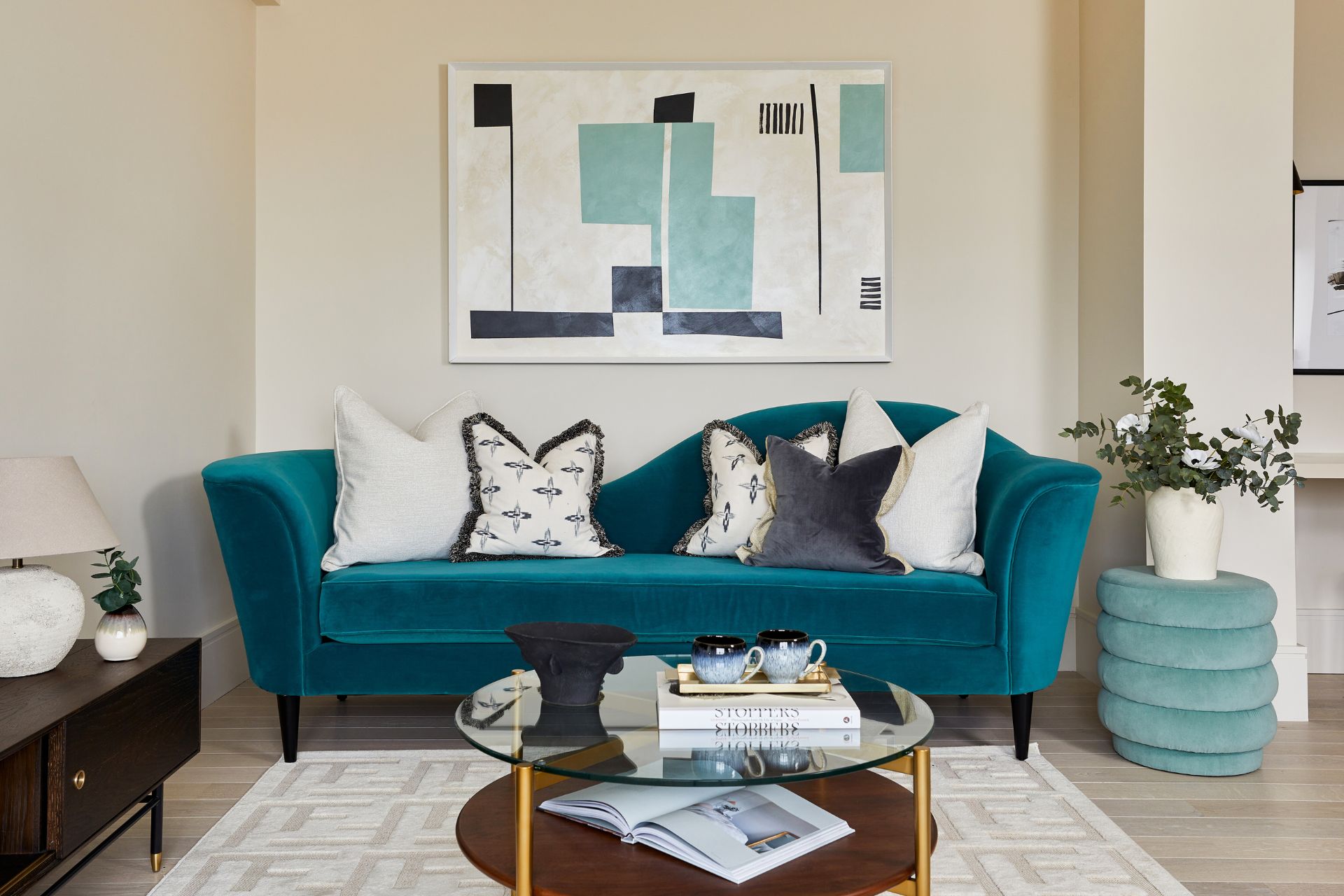
What Does The Process Look Like?
‘It all starts off with us getting the floor plan,’ Alex explains. ‘From the floor plan, we analyse the layout, put an inventory together and cost it up. Once a client has seen it and is happy with the quote, we’ll then come and visit the property – usually within 24 or 48 hours.
‘We’ll come with the designers, and they’ll measure it themselves with a laser measure so they can draw the property to scale and make sure all the furniture fits. So they’ll draw it to scale, finalise everything, and send that to the client. Once the client has approved it, we’ll send the invoice, and then the designers can get busy building the scheme. It takes between three days and two weeks for us to come in and install the scheme.’
Why Is Property Staging Important?
‘There’s a number of reasons,’ Alex says. ‘Firstly, it gives the property a sense of purpose. It defines the space. It also sells a lifestyle, an aspirational form of living. And for different properties, it can mask some of the defects – if the property is slightly older, bringing in some new, beautiful furniture can turn people’s attention away from some of the weaker points, to help elevate it. Ultimately, it’s all about presenting a property in its best light.’
Does Property Staging Make Your House Sell Quicker?
In short, yes – home staging can help your property sell quicker and often for a higher price.
‘85 percent of the properties we dress go under offer within four weeks,’ Alex tells me. ‘We did a property up in Hampstead that had been on the market for six months and hadn’t been dressed. We dressed it, and then 24 hours later it was under offer – and the interesting thing was that the buyer had seen it before, but he hadn’t placed an offer on it originally. He came back and had a look when it was dressed, and then suddenly he could see himself living there. I think that’s a great example of why it works.’
Of course, property staging can feel both daunting and expensive – but it’s a worthwhile investment. ‘Clients come to us and they’re definitely grateful, though they can start off quite sceptical,’ Alex admits, ‘because it’s still an alien concept, and it’s an expensive exercise to go through, so you’ve got to put a lot of trust in the process. But once clients have committed to it and they’ve seen the results, they get it.’
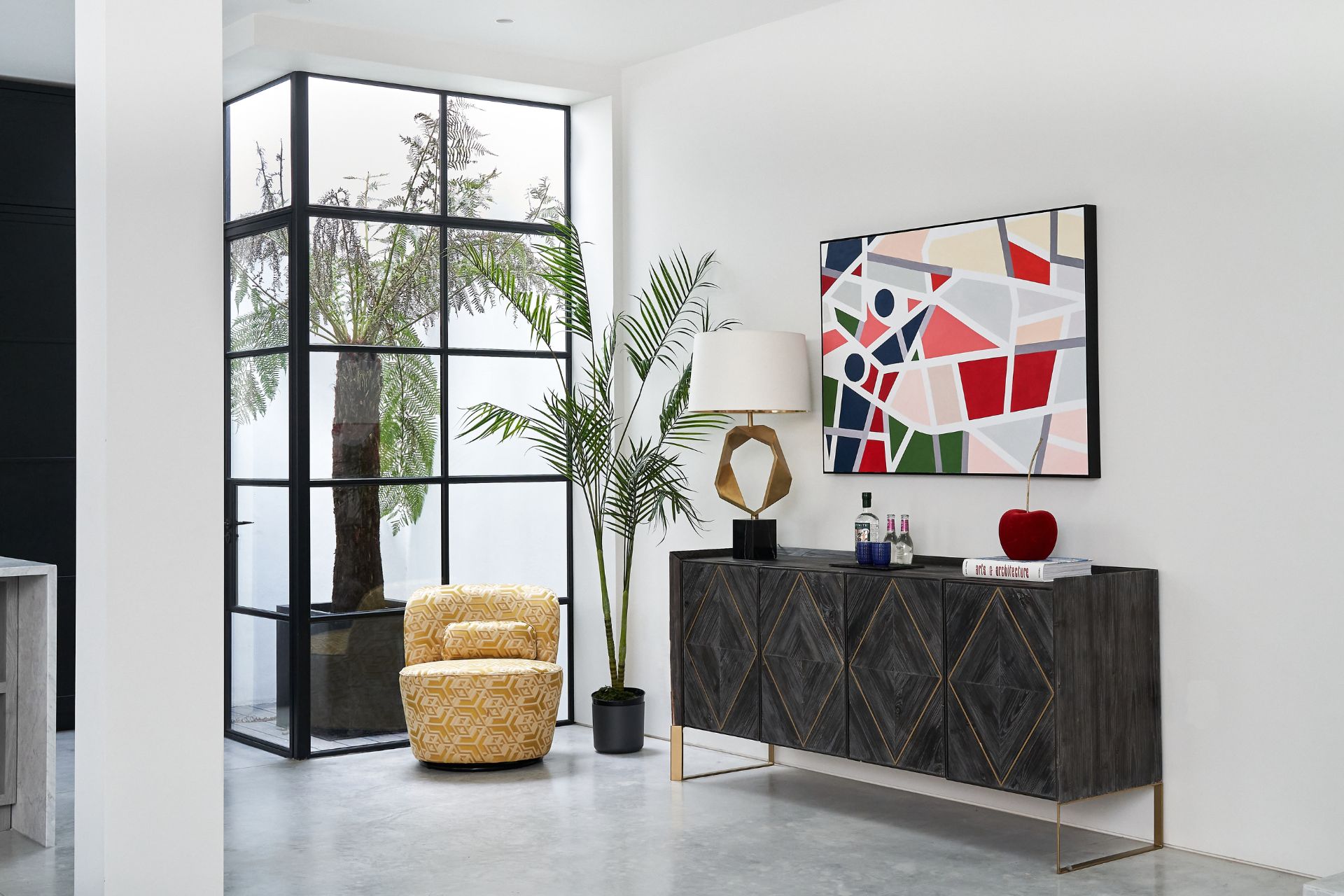
Can You Do It Yourself?
Before you consider asking experts like those at Burbeck, there’s plenty you can do all by yourself.
‘There’s a lot that people can do themselves if they don’t want to engage a professional company to do it,’ Alex assures me. This can be as simple as:
- Decluttering and depersonalising: ‘This can have a big impact,’ Alex notes. ‘Think about the artwork in the house, for example. It’s very subjective, but sometimes there can be some garish and off-putting art that you might want to reconsider.’
- Toning down paint colours: ‘If the walls haven’t been painted in a long time and they’re super bold, just bringing them back a couple levels can completely change how the room feels,’ Alex explains.
- Maximising natural light: ‘Really consider how you can bring as much natural light into a property as possible,’ Alex adds. ‘That can mean looking at things like curtains, for example: how old they are, whether they’ve been cleaned, or whether it’s time to upgrade them.’
What Else Do You Need To Consider?
‘I think it’s important to consider the demographic of the buyer,’ says Alex. ‘That’s something we put a lot of energy into before we dress a property, because you have to think about who’s actually going to buy it. And you have to look at everything: where in London it is, and what type of property it is – new build versus Victorian, lateral penthouse versus vertical family house, for example. You’re thinking about how the property is going to be used and by whom. It’s about getting inside the head of the buyer.
‘It’s also about making it feel personal for the buyer,’ he adds. ‘We’re not interested in dressing properties for 70 people to come and have a look; we’re interested in dressing properties for the one person who’s going to pay the money to do the deal. And I think that’s a slightly different mindset. Years ago, home staging was very cookie cutter, it was all very generic. And I think we want to personalise it much more and create something unique. Each scheme we do will never exist again – everything is bespoke. And that’s a really nice angle that we use to approach home staging.’
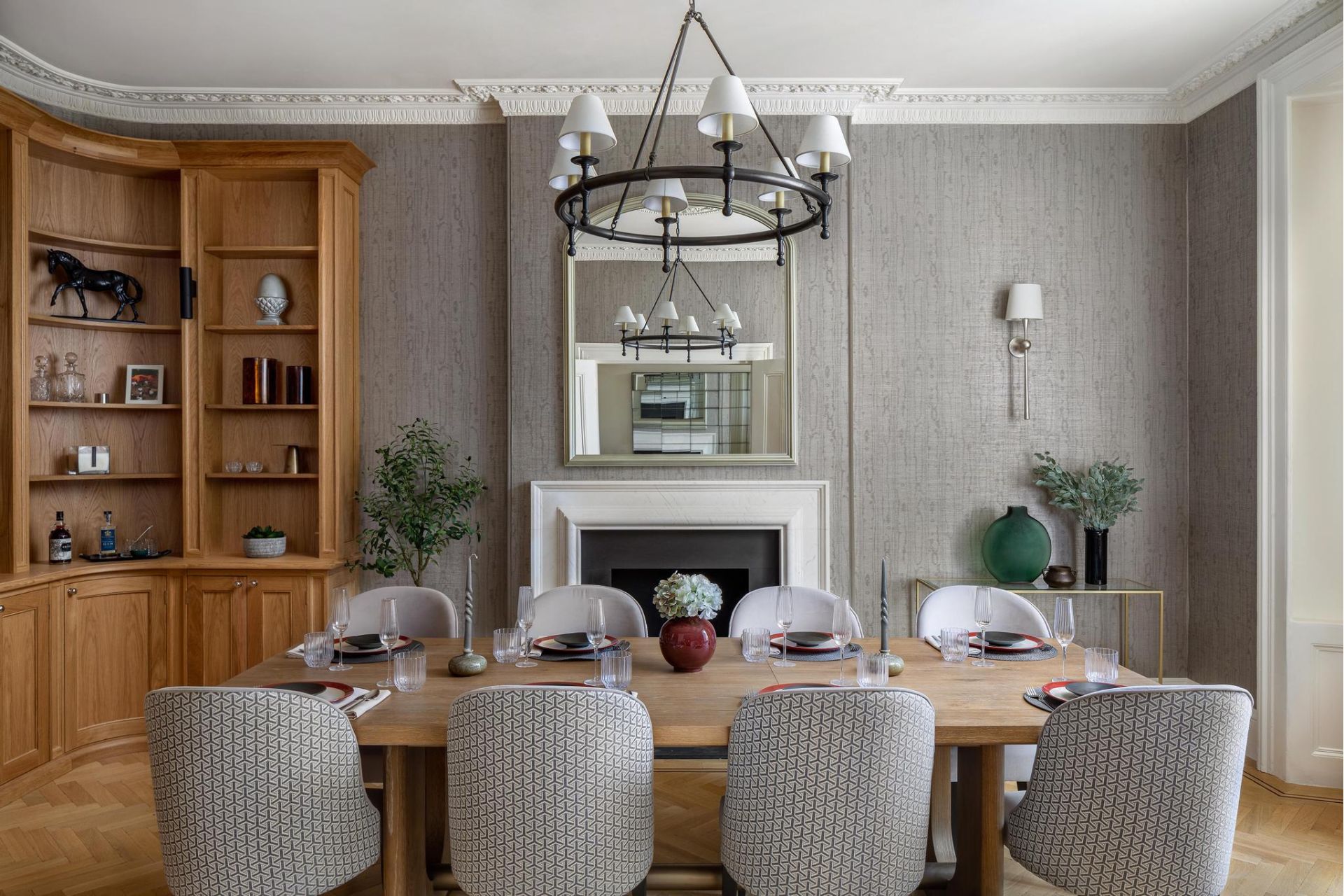
The Final Word On Property Staging
While it’s certainly a big decision, investing in expert help from companies like Burbeck really can make all the difference. ‘When we dress one of our developments, I know that there’s nothing more I can do to sell for it any more money,’ Alex states. ‘It’s never a bad investment, because if your property is looking as good as possible, you’re going to get the maximum amount of money at that given time for that property. It will not sell for any more when it’s not dressed, but it can only sell for less if it’s not looking as good as it possibly can.’
To find out more about Burbeck, visit burbeckgroup.com




